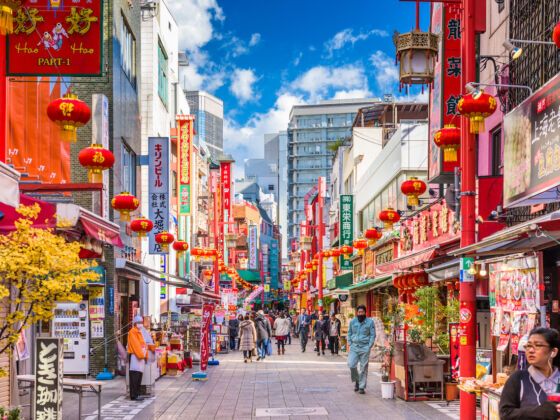Singapore
Singapore’s Chinatown, once home to the first Chinese settlers in what’s now a heavily Westernized city-state, is one of its few distinctly Asian neighborhoods.
The enclave was home to the area’s earliest Chinese settlers. Several of its institutions, such as the Heritage Centre, Food Street, and Night Market, preserve the culture of its original inhabitants, while some areas of the district are designated national heritage sites.
Many historic buildings remain as relics of the past, as well as to complement the otherwise modern landscape.
